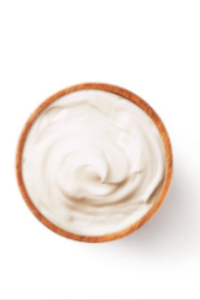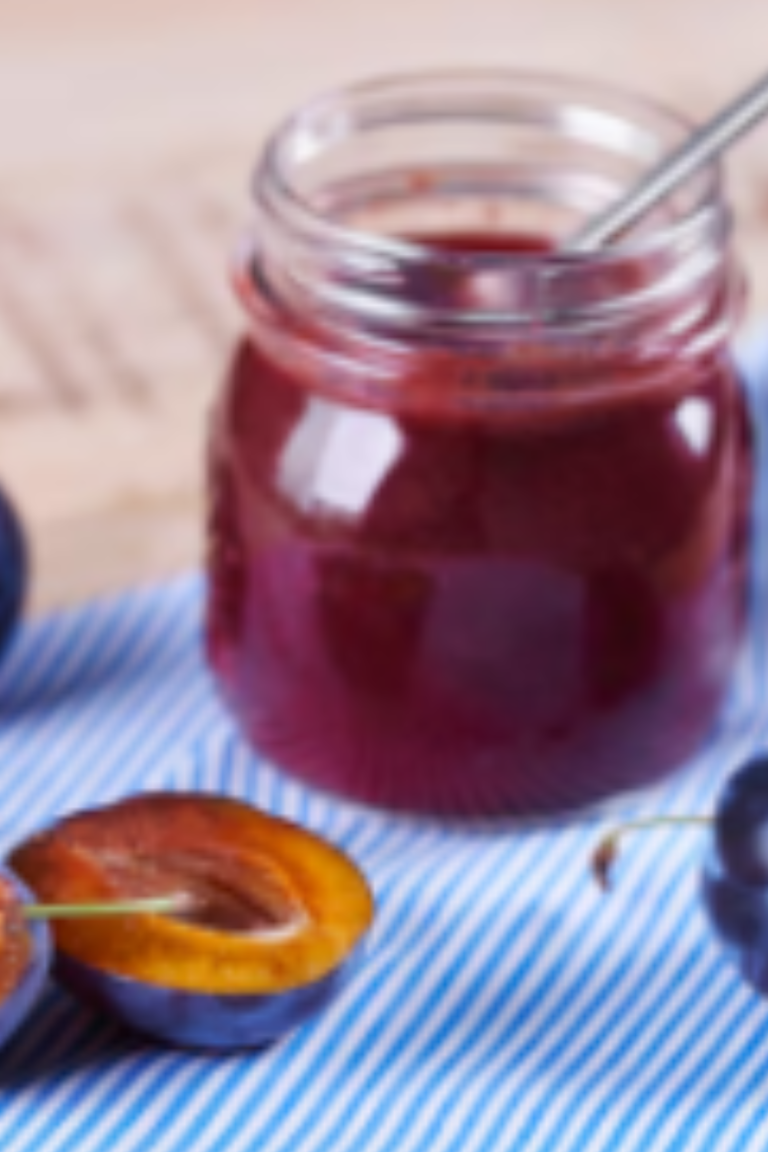CMT: Coconut Milk Topping role in cakes Explained
In this topic, I’m going to talk about the role of Coconut Milk Topping (CMT) in cakes, drawing from my own personal experience.
Table of Contents
ToggleCoconut Milk Topping (CMT) and Its Role in Cakes
Coconut Milk Topping, often abbreviated as CMT, is a delightful addition to cakes that brings a tropical twist and creamy texture. Unlike traditional frosting or icing, CMT offers a lighter, more nuanced flavor profile that complements a wide range of cake types, from rich chocolate to airy sponge cakes. Check out the right Coconut Milk Topping, cake tools, and ingredients that you need here.

Understand Coconut Milk Topping role
Coconut Milk Topping is essentially a mixture of coconut milk, sugar, and sometimes a hint of vanilla extract or other flavorings. It’s whipped to a smooth consistency, similar to whipped cream but with a distinct coconut flavor. This topping can be used in various ways:
Enhancing Flavor
The primary role of Coconut Milk Topping in cakes is to enhance flavor. Its creamy texture and coconut essence add depth without overwhelming the cake’s inherent taste. Whether spread thinly between cake layers or generously swirled on top, CMT provides a refreshing alternative to heavier buttercream frostings.
Lightening Texture
CMT also contributes to the texture of the cake. Due to its airy nature, it doesn’t weigh down the cake layers, making it ideal for lighter cakes or those with delicate crumb structures. This makes it particularly suitable for chiffon cakes or angel food cakes where a lighter touch is desired.
Adding Moisture
Another benefit of Coconut Milk Topping is its ability to add moisture to cakes. Coconut milk naturally contains fats that keep the cake layers moist and tender, especially beneficial for cakes that may dry out quickly or are baked in drier climates. Check out the right Coconut Milk Topping, cake tools, and ingredients that you need here.
Tips for Using Coconut Milk Topping
When incorporating CMT into your cakes, consider the following tips for best results:
- Chilling Ingredients: Ensure your coconut milk and mixing bowl are well chilled before whipping to achieve a stable texture.
- Sweetness Adjustment: Taste your CMT mixture before applying to ensure it has the right level of sweetness for your cake.
- Decorative Uses: Experiment with piping techniques or adding shredded coconut on top to enhance presentation and texture.
Coconut Milk Topping brings a tropical flair and creamy texture to cakes, making it a versatile option for both flavor enhancement and moisture retention. Whether you’re baking a simple birthday cake or a sophisticated dessert, consider incorporating CMT to elevate your creations with its unique coconut essence. Check out the right Coconut Milk Topping, cake tools, and ingredients that you need here.
Comparing Coconut Milk Topping (CMT) with Other Cake Toppings
When choosing toppings for cakes, it’s essential to consider how each option compares in terms of flavor, texture, and application. Let’s delve deeper into how Coconut Milk Topping (CMT) stacks up against traditional frosting and whipped cream:
Flavor Profile
- Coconut Milk Topping (CMT): Offers a distinct coconut flavor that adds a tropical twist to cakes. It’s subtly sweet and complements a variety of cake flavors without overpowering them.
- Traditional Frosting (Buttercream): Rich and sweet, buttercream frosting provides a thick, creamy texture with a buttery taste. It’s ideal for decorating and can be flavored in numerous ways, such as chocolate, vanilla, or fruit extracts.
- Whipped Cream: Light and airy, whipped cream has a delicate sweetness and a smooth texture. It’s versatile and pairs well with fruits and lighter cake flavors but requires stabilization to hold shape.
Texture and Consistency
- Coconut Milk Topping (CMT): Has a creamy, whipped texture that is lighter compared to buttercream but richer than plain whipped cream. It spreads smoothly and can be piped for decorative purposes.
- Traditional Frosting (Buttercream): Offers a dense and smooth consistency that holds up well for intricate designs and decorations. It can be adjusted in stiffness for different applications.
- Whipped Cream: Light and fluffy, whipped cream is soft and melts in the mouth. It’s delicate and must be handled carefully to maintain its texture, especially in warmer environments. Check out the right Coconut Milk Topping, cake tools, and ingredients that you need here.
Versatility and Suitability
- Coconut Milk Topping (CMT): Suitable for both tropical-themed cakes and desserts where a lighter, coconut-infused topping is desired. It’s excellent for cakes with delicate flavors that benefit from a hint of coconut.
- Traditional Frosting (Buttercream): Versatile and widely used for all types of cakes, from birthday cakes to wedding cakes. It provides a sturdy base for decorations and can be flavored and colored as needed.
- Whipped Cream: Best suited for cakes that require a light and airy topping, such as strawberry shortcake or pavlova. It’s not as stable as buttercream for intricate designs but offers a fresh taste. Check out the right Coconut Milk Topping, cake tools, and ingredients that you need here.
comparison tabular
Here’s a comparison table highlighting the key differences and considerations between Coconut Milk Topping (CMT), traditional frosting (Buttercream), and whipped cream as cake toppings:
| Feature | Coconut Milk Topping (CMT) | Traditional Frosting (Buttercream) | Whipped Cream |
|---|---|---|---|
| Flavor Profile | Distinct coconut flavor | Rich and buttery, various flavors | Light, creamy, slightly sweet |
| Texture | Creamy, whipped | Dense and smooth | Light and airy |
| Consistency | Spreadable, can be piped | Thick, holds shape well | Soft, delicate |
| Versatility | Tropical-themed cakes, subtle flavor enhancement | All types of cakes, decorations | Light desserts, fruit pairings |
| Stability | Stable under moderate conditions | Stable, can hold intricate designs | Less stable, requires chilling |
| Sweetness Level | Subtly sweet | Sweet, can be adjusted | Mildly sweet |
| Best Uses | Cakes with delicate flavors, adds moisture | Decorated cakes, versatile applications | Light desserts, fresh toppings |
| Challenges | May require chilling for stability | May be too sweet for some palates | Requires careful handling |
| Decorative Potential | Good for simple designs and swirls | Ideal for intricate decorations | Limited due to soft texture |
Key Considerations
- Flavor Preference: Choose based on whether you prefer a coconut-infused taste (CMT), a rich buttery flavor (Buttercream), or a lighter, fresh taste (Whipped Cream).
- Application: Consider the cake type and the desired decorative style. CMT is great for tropical themes, Buttercream for elaborate designs, and Whipped Cream for light, airy finishes.
- Temperature Sensitivity: Whipped cream is the most sensitive to temperature changes, while CMT and Buttercream offer more stability.
- Texture Requirements: If your cake has a delicate crumb, CMT or Whipped Cream might be preferable to avoid overpowering the texture. Check out the right Coconut Milk Topping, cake tools, and ingredients that you need here.
FAQs on Coconut Milk Topping (CMT) in Cakes
1. Can I substitute Coconut Milk Topping for traditional frosting?
Absolutely! Coconut Milk Topping offers a unique flavor profile and lighter texture compared to traditional frosting. It’s an excellent choice if you’re looking to infuse a tropical twist into your cakes.
2. How do I make Coconut Milk Topping at home?
To make Coconut Milk Topping, you’ll need coconut milk (full-fat works best), powdered sugar (adjust sweetness to taste), and optionally, vanilla extract for added flavor. Whip the chilled coconut milk until smooth and creamy, gradually adding sugar and vanilla.
3. Is Coconut Milk Topping stable enough for cake decorations?
While Coconut Milk Topping can be piped and spread on cakes, it’s not as stable for intricate designs compared to traditional buttercream. It’s best suited for simple swirls and decorations.
4. What types of cakes pair well with Coconut Milk Topping?
Cakes with lighter flavors such as vanilla, lemon, or chiffon cakes are ideal. Coconut Milk Topping enhances these flavors without overpowering them, adding a subtle tropical note.
5. Can Coconut Milk Topping be used as a filling between cake layers?
Yes, Coconut Milk Topping works well as a filling between cake layers. Its creamy texture and coconut flavor make it a delicious addition that keeps the cake moist. Check out the right Coconut Milk Topping, cake tools, and ingredients that you need here.
Final Words
Coconut Milk Topping (CMT) brings a delightful tropical flair to cakes, offering a creamy texture and unique flavor that sets it apart from traditional frostings and whipped cream. Whether you’re aiming for a simple yet flavorful dessert or experimenting with tropical-themed creations, CMT provides a versatile and delicious option. Remember to chill your ingredients for best results and adjust sweetness according to your preference. Explore the possibilities with CMT to elevate your baking and delight your taste buds.

Hi!
I’m Mike, the creator of Forum Foodies. In my own personal experience, understanding ingredients is key to great cooking.
Forum Foodies offers guides on various ingredients, from staples to exotic finds. Join our community, share your experiences, and learn from fellow food lovers.
Have questions or suggestions? Email me at info@forumfoodies.com. Let’s embark on this delicious adventure together.
Happy cooking.
Mike/
Related Posts
- EMC: Eggless Milk Cream role in cakes Clarified
If you love baking but want to avoid using eggs, then you're in for a…
- DMP: Double Milk Powder role in cakes Clarified
In this topic, I'm going to talk about DMP - Double Milk Powder in my…
- ECB: Egg Coconut Butter role in cakes Explained
In this topic, I'm going to talk about ECB - Egg Coconut Butter in my…
- DMF: Dry Milk Flour role in cakes Clarified
In this topic, I'm going to talk about DMF - Dry Milk Flour in my…
- LCP: Lime Coconut Paste role in cakes Clarified
In this topic, I'm going to talk about Lime Coconut Paste (LCP) and its role…
- CMP: Coconut-Mango Paste role in cakes Clarified
In this topic, I'm going to talk about CMP - Coconut-Mango Paste in my own…
- CCT: Coconut Cream Tart role in cakes Clarified
In this topic, I'm going to talk about CCT - Coconut Cream Tart in my…
- CFC: role in cakes Clarified
In this topic, I'm going to talk about coconut flour and its role in cakes,…
- DCF: Date Coconut Frosting role in cakes Clarified
In this topic, I'm going to talk about one of my favorite elements in baking:…
- AMF: Almond Milk Frosting its role in cakes Clarified
In this topic, I'm going to talk about Almond Milk Frosting, sharing insights from my…
- CJP: Coconut Jam Pudding role in cakes Clarified
In this topic, I'm going to talk about the role of CJP (Coconut Jam Pudding)…
- CPT: Cocoa Pie Topping role in cakes Clarified
In this topic, I'm going to talk about the delightful world of CPT - Cocoa…
- DBT: Date Butter Topping role in cakes Clarified
In this topic, I'm going to talk about a delightful addition to cakes that has…
- BCF: Banana Coconut Frosting role in cakes Clarified
How to Make Banana Coconut Frosting Making BCF is straightforward and doesn't require any fancy…
- ETC: Eggnog Topping Cream role in cakes Explained
In this topic, I'm going to talk about various ingredients and their roles in cooking…






